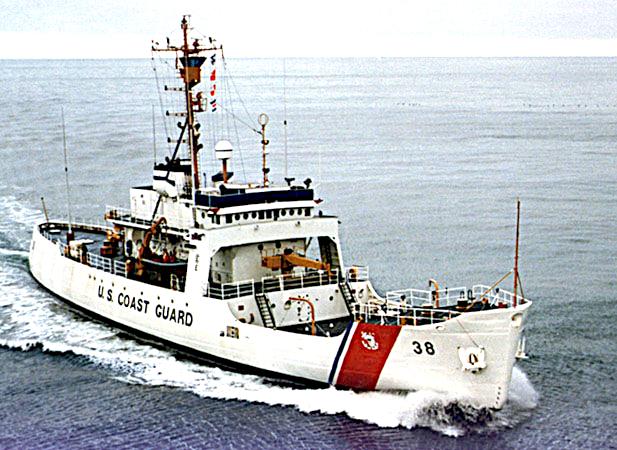
Fans of the retired U.S. Coast Guard Cutter Storis have been holding their collective breath all weekend, hoping there might be a way to prevent the scrapping of the ship in Mexico. Documents were forwarded to members of the Storis Museum Saturday morning indicating the ship might contain too much hazardous material to be exported under the federal Toxic Substances Control Act.
Jon Ottman is a historic preservation consultant and marine historian based in Michigan. He authored the successful application to place the Storis on the National Register of Historic Places.
He says that while some PCBs were removed from the ship, more may be contained in parts of the ship that would only be exposed and made dangerous if the Storis were broken up.
“The information that we have received indicated that the report that was used to clear the vessel for export for scrapping was flawed in that while the report had indicated the un-encapsulated PCBs on-board the vessel was removed the report does not indicate the other PCBs that would have been contained on the vessel in various locations throughout the ship, such as paint, gasket material, rubber insulation and various types of wire insulation aboard the vessel, that’s all still on board the ship.”
Because of that, Ottman says the Storis should not be exported to another country that might not have as strict environmental laws as the U.S.
“It’s an unfortunate situation but it would appear the EPA, the Unite States Coast Guard, the U.S. Maritime Administration and the U.S. General Services Administration should have been aware of all this, and they’re basically complicit in releasing a ship that should not be going to a foreign ship breaker. They let her go.”
PCBs, or poly-chlorinated biphenyls, were once widely used in electrical systems, paint and heat shielding until being banned in 1979 because of their persistent environmental toxicity and link to cancer.
Ottman says supporters of the Storis have contacted Alaska Senator Mark Begich for assistance.
“At this point, Senator Begich’s staff are trying to reach out to the EPA to see where the process went wrong and what the situation is from that perspective. They’re also reaching out to the Mexican authorities through the Mexican Embassy to let them know the vessel is actually en route at this point so that they can be aware that there is a contaminated vessel that is en route to their country. They may have the opportunity, the Mexican authorities, to turn the ship away because of what she contains on board.”
Ottman says if the Storis can be kept from leaving the country and the federal government can be convinced that the disposal was flawed, the process could go back to square one:
“Because the GSA listed the vessel as a repairable ship and did not indicate in their original listing for her on the GSA auction site that she contained hazardous materials that would have to be handled in a special fashion, or that should she be desired by someone for ship-breaking, that it would have to be done domestically. Those are all very serious shortcomings in the original General Services auction listing.”
The current owners of the Storis are Mark Jurisich and John Bryan, co-owners of US Metals Recovery of San Diego. They bought the 71-year-old ship at auction this summer for $70,100. The Storis was taken under tow late Friday near San Francisco.
The Storis was commissioned in September 1942 and served until February 2007. It was named to the National Register of Historic Places last December.
